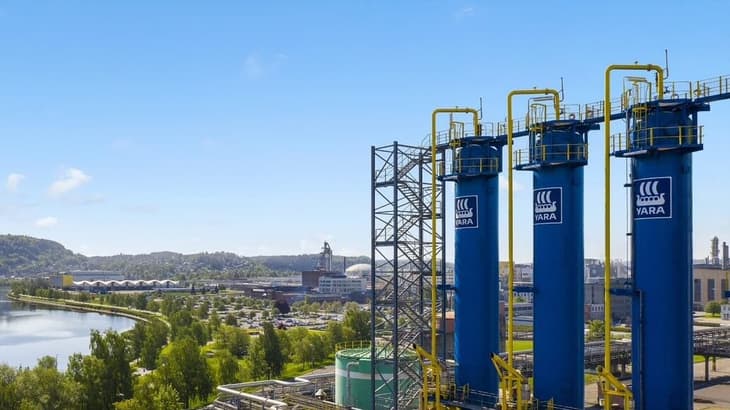The role of ammonia in hydrogen’s future has grown exponentially in recent years. More companies and nations are looking to the hydrogen and nitrogen compound as both a transport medium and direct fuel for various applications.
But ammonia already boasts a well-established and far-reaching global industry, with current production largely powered by fossil fuels. Global ammonia production capacity sits at around 225 million tonnes per year. Up to 170 ammonia tankers cross our seas to some 120 port-side ammonia terminals. Presently, ammonia is used for the production of fertilisers, plastics, synthetic fibres, pharmaceuticals and more.
Ammonia is produced through a catalytic reaction of hydrogen and nitrogen at high temperatures and pressures called Haber Bosch. Developed in 1909 by Germany’s Fritz Haber and Carl Bosch, the process is the most widely used production method to date.
... to continue reading you must be subscribed






